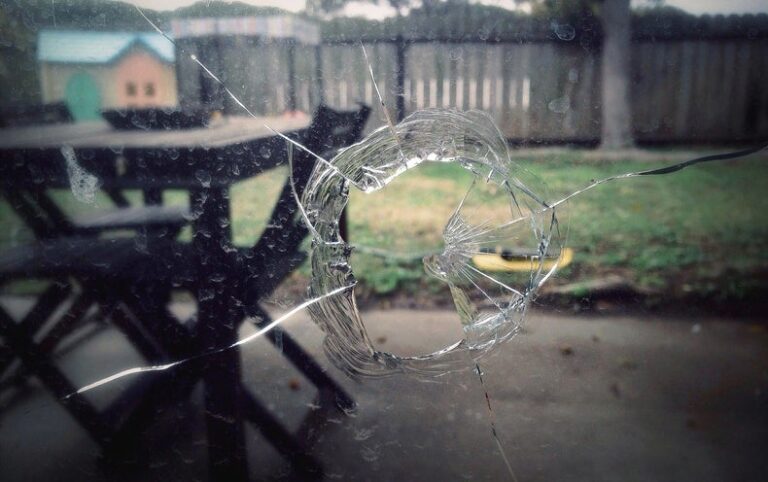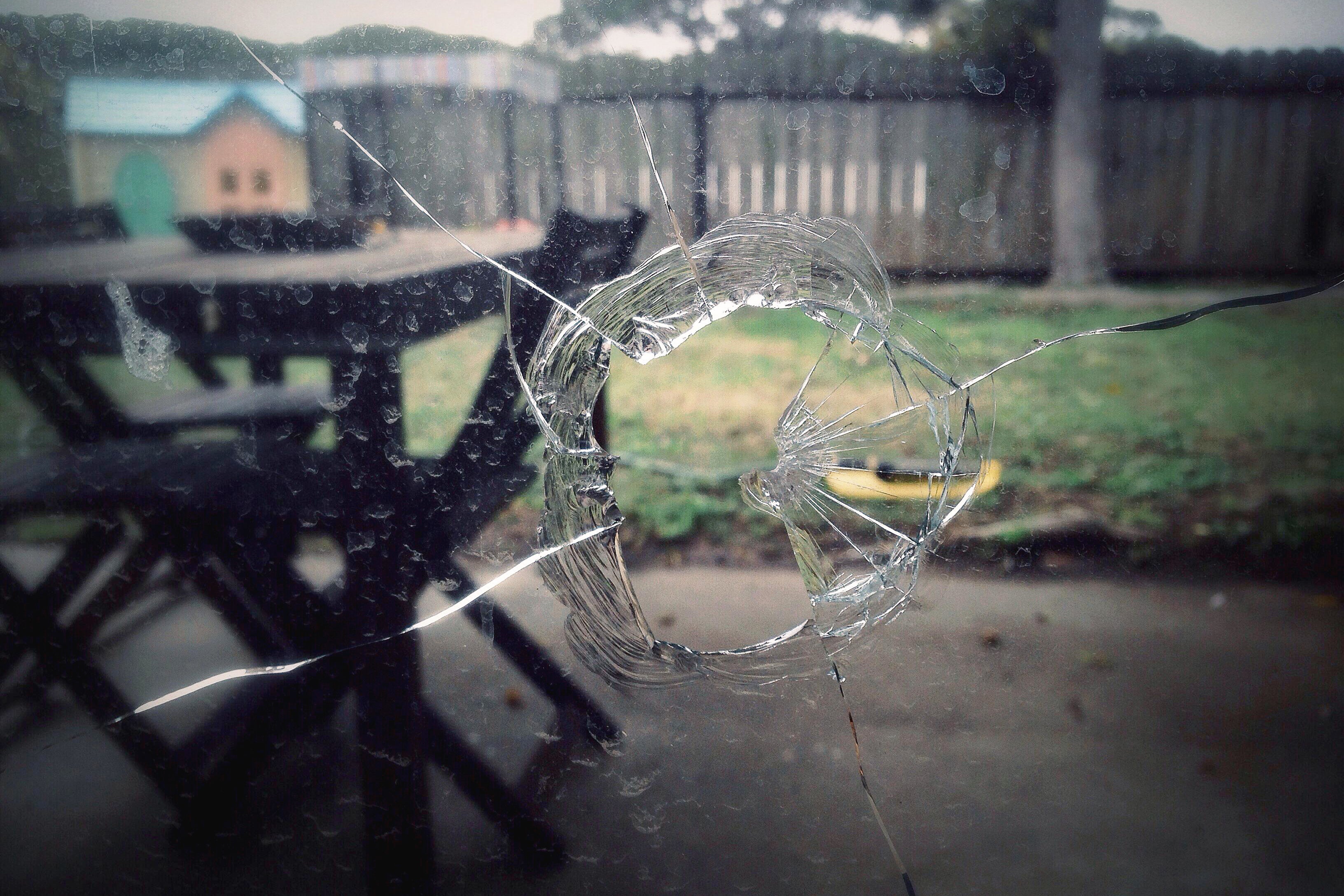
[ad_1]

At my county coroner’s office, I regularly review cases of murdered women. They are victims of domestic violence, overwhelmingly ones shot to death by ex-husbands, ex-boyfriends or other men they knew. The Supreme Court is now poised to decide whether to put guns more easily into the hands of these abusers-turned-murderers, which would enshrine domestic violence as a warped historical privilege of the U.S. Constitution. Or the Court can make the lifesaving and legally sound decision and protect people such as the murder victims—mothers, daughters and children—I see in those case files.
In February a federal circuit court in Texas ruled in U.S. v. Rahimi that an person under an active domestic violence civil protection order is nevertheless constitutionally entitled to possess firearms. In its upcoming term, the U.S. Supreme Court will decide the constitutionality of this Fifth Circuit decision, which now is the law in Texas, Louisiana and Mississippi.
I direct the University of California, Irvine School of Law Domestic Violence Clinic and co-chair the Orange County Domestic Violence Death Review Team, which convenes in the county coroner’s office. Almost all the deaths we examine are firearms deaths, and this team has firsthand knowledge of just how dangerous it would be to strike down nearly 30 years of federal law under the Violence Against Women Act prohibiting individuals under a domestic violence protection order from possessing firearms.
The majority of mass shootings are related to domestic violence and are caused by men with histories of committing domestic violence. Zackey Rahimi’s actions, described below, show the need for the federal law’s firearm restraints that protect abuse survivors, their children and our communities.
The Supreme Court should overturn the circuit court’s breach of federal law to protect domestic violence survivors from being shot to death.
What’s troubling is that the Roberts Court’s recent decision places a higher premium on guns than lives. Last year, in New York State Rifle & Pistol Association, Inc. v. Bruen, the Court decided that gun laws must have a historical analogy to firearm regulations from the time of the Constitution’s framing rather than advancing an important—and current—government interest.
The Texas circuit court then reasoned in Rahimi that because domestic violence existed in the 18th century and the framers of the Constitution did not restrict domestic abusers from having guns, current laws cannot prohibit firearm possession while an individual is subject to a domestic violence civil protection order.
Instead they contrast those laws with modern requirements of “individualized findings of ‘credible threats’ to identified potential victims” before claiming that the old laws are not analogous enough to justify under their originalist thinking.
The facts of the U.S. v. Rahimi case, meanwhile, are chilling.
In 2020, after Zackey Rahimi, “a drug dealer in Texas with a history of armed violence,” assaulted his girlfriend and threatened to shoot her, she sought a civil protective order to protect herself and their child. Rahimi voluntarily agreed to this court order, which barred him from possessing firearms or ammunition during the order’s duration. While under the order, he threatened multiple women with a gun and committed five public shootings in Texas, including shooting an AR-15 into the home of someone to whom he had sold drugs and firing bullets into the air in a fast-food restaurant when his friend’s credit card was declined. Rahimi pled guilty to unlawful firearm possession after a judge rejected his Second Amendment challenge, but the Fifth Circuit Court of Appeals reversed the decision following the Supreme Court’s Bruen opinion.
The U.S. Supreme Court now has the opportunity to both contend with how domestic violence laws and firearm technology have rapidly evolved since the Constitution’s framing and recognize that adjudicated domestic abusers fit the category of classes of people to be disarmed as “dangerous” under federal law.
Domestic violence has always existed, and it was condoned at the time of our nation’s founding. As long as a husband did not kill or maim his wife, he could not be prosecuted. (It wasn’t until 1993 that every state had a civil protection order law against domestic violence.) Unsurprisingly, the men drafting the Constitution in the 1700s did not specify domestic violence firearm restrictions. Thankfully, legal recognition of and remedies for domestic violence have evolved since then. My clients and domestic violence survivors throughout our nation deserve better than turning back time on protection from abuse and firearm fatalities.
When the Fifth Circuit’s dubious logic insisted that a domestic violence “ban on possession of firearms is an ‘outlier’ that our ancestors would never have accepted,’” the court predictably failed to extend its reasoning to limiting firearm technology to what was available at the time of the drafting of the Second Amendment: Revolutionary-era muskets and flintlock pistols.
Guns are the cause of the majority of domestic violence-related homicides, and when an abusive partner has access to a gun, the risk of homicide to a female partner increases by 1000 percent. Research shows that people who are violent in their relationships tend to have more guns, homicides tend to happen after a long history of domestic violence, and in two thirds of cases, an abusive partner has used the gun in their home against the woman they are battering.
Firearm restrictions against domestic abusers work. States that limit gun availability have fewer intimate partner killings. Given that the majority of mass shooters have known histories of domestic violence, upholding domestic violence firearm restrictions provides opportunities for intervention before widespread tragedy.
The domestic violence firearm restriction at issue has made a lifesaving difference to abuse survivors. The Rahimi decision, however, prioritizes the rights of violent people to own guns over the rights of their partners, children and communities to be safe from killings. The Fifth Circuit’s decision is dead wrong and dangerous, and the U.S. Supreme Court now should correct ambiguities from Bruen and appropriately restrain abusive individuals from possessing firearms.
Lives depend on it.
This is an opinion and analysis article, and the views expressed by the author are not necessarily those of Scientific American.
[ad_2]